Skincare trends come and go, but some stick around because they work. One such method is double cleansing, a two-step face cleansing technique that’s currently going viral on social media.
While many beauty trends online often lead to unrealistic expectations, double cleansing is one that dermatologists back.
But the question remains: is this method necessary for everyone, or is it just another fad?
What Is Double Cleansing?
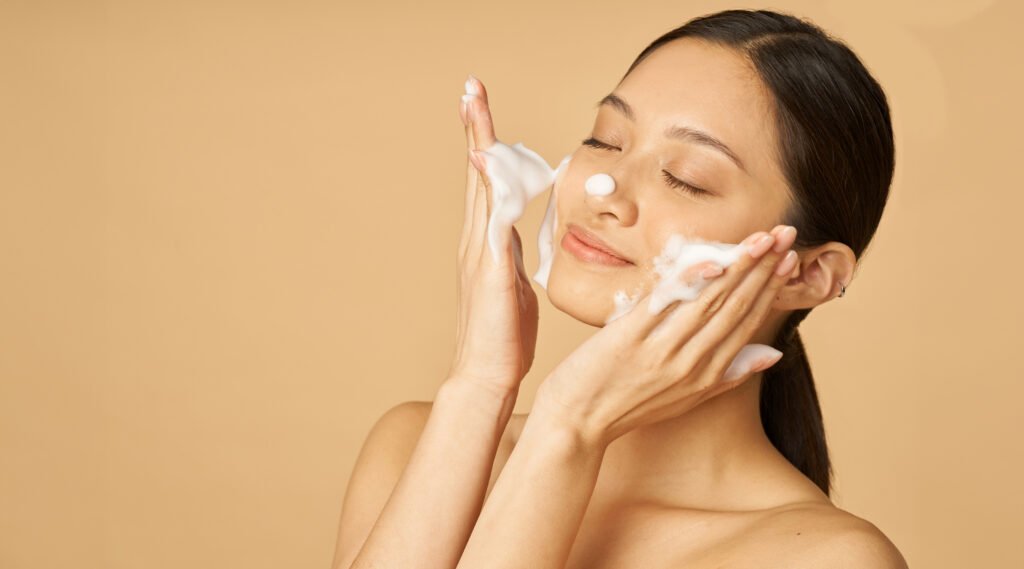
As the name suggests, double cleansing involves washing your face twice in a row using two different types of cleansers:
- First, an oil-based cleanser.
- Then followed by a water-based cleanser.
The goal isn’t simply to make your skin feel “extra clean,” but to effectively remove two types of impurities.
Oil-based products are ideal for breaking down excess sebum, waterproof makeup, and sunscreen, while water-based cleansers remove leftover sweat, dust, and pollutants from the skin’s surface.
Why Is Double Cleansing Considered Effective?
Unlike many experimental skincare trends, double cleansing has a logical basis in dermatology.
Oil-based cleansers effectively dissolve oil-based residue, like makeup and sebum, that regular facial washes often miss.
Once that layer is removed, water-based cleansers can work more thoroughly, reaching deep into the pores to remove sweat, dirt, and any leftover buildup.
This two-step cleansing process leaves your skin feeling truly clean and prepares it to absorb skincare products more effectively, such as serums and moisturizers.
Who Should Try Double Cleansing?
Double cleansing is especially recommended if you:
- Wear heavy or waterproof makeup regularly
- Use sunscreen daily (which everyone should!).
- Live in a dusty or polluted environment.
- Have oily or acne-prone skin.
Oil-based cleansers can be a game-changer for oily skin types. Rather than making your skin shinier, the “oil attracts oil” principle helps dissolve excess sebum and reduce pore congestion.
Is Double Cleansing Safe for Everyone?
Although double cleansing offers many benefits, it’s not for everyone.
If you have very dry or sensitive skin, or are experiencing irritation or skin conditions like dermatitis, caution is advised.
Over-cleansing or harsh cleansers can disrupt the skin barrier, increasing dryness and sensitivity.
To stay safe, limit double cleansing to the evening, when you need to remove sunscreen, makeup, and pollution from your face.
In the morning, a gentle single cleanser is enough.
Tips for Safe Double Cleansing
- Use a gentle oil-based cleanser that rinses off easily.
- Avoid products with alcohol or synthetic fragrances to minimize irritation.
- Follow up with a water-based cleanser suited to your skin type.
- If your skin is sensitive, steer clear of cleansers containing SLS or ones that produce heavy foam.
- Always follow with proper skincare:
After cleansing, apply toner, serum, or moisturizer. Clean skin absorbs active ingredients more effectively.
If your skin feels dry or irritated after cleansing, consider applying wund+™ Regeneration Cream.
This cream helps restore moisture and supports the skin’s natural barrier regeneration after deep cleansing.
So, Is It a Myth or a Fact?
Double cleansing is a fact—one that’s scientifically supported, especially for those exposed to pollution, wearing makeup, or needing a thorough nightly cleanse. However, tailoring your routine to your skin type and needs is essential.
Remember, the goal is to maintain clean, healthy skin, not just to follow trends.
When done correctly and balanced with hydration and aftercare, double cleansing can be a small step with a significant impact on your skincare routine.
References
Healthline. Accessed in 2025. Can TikTok’s Viral Double Cleansing Beauty Hack Give Healthier Skin?
The Lifestyle. Accessed in 2025. Double Cleansing: Myth or Fact.








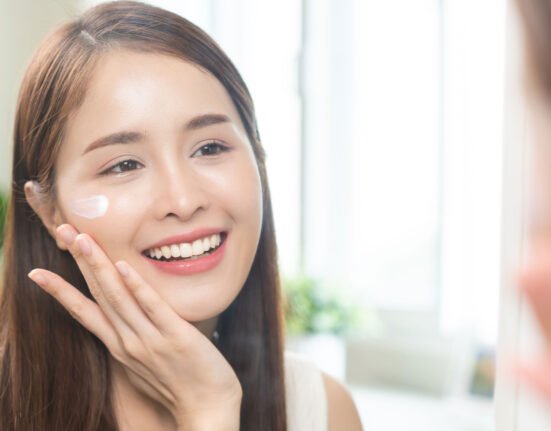

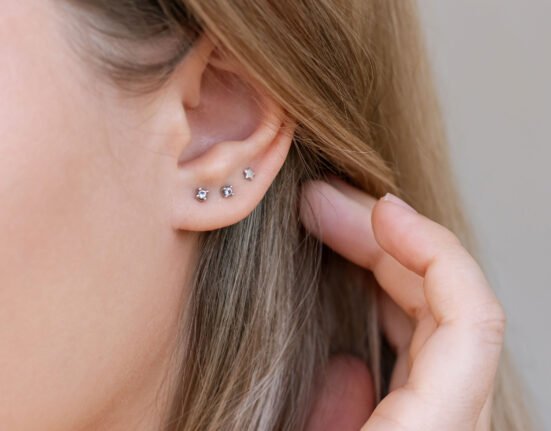
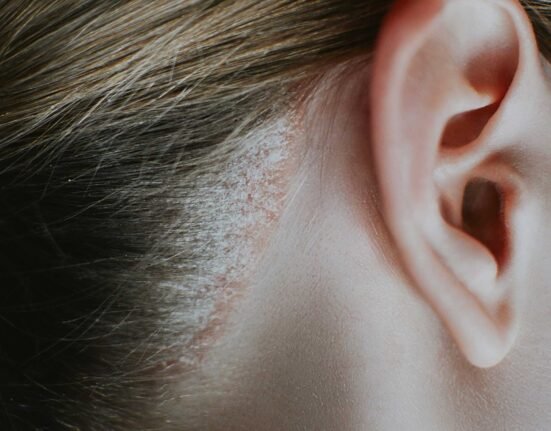
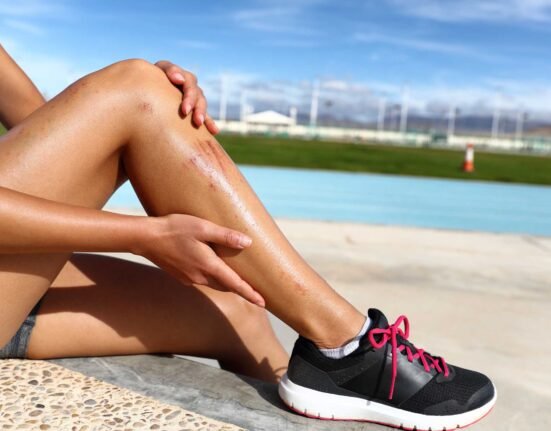

Leave feedback about this